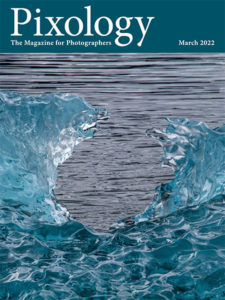Today’s Question: I help manage our local camera club and I often have to make slideshows using other people’s photos. Many club members use Lightroom, so when they submit their photos and I import them into my Lightroom catalog, I also import all their keywords. I’m very fussy about my neatly organized keyword list, so after each import I have to find and delete all their keywords. It’s a pain in the neck! Is there a way to import images without the keywords, color, and star ratings?
Tim’s Quick Answer: This is actually a rare circumstance where I would suggest using a separate Lightroom Classic catalog expressly for camera club images. If the source images are proprietary raw captures, you could also delete the associated XMP sidecar files. For images of any supported file format, you could remove keywords before import using other software such as Adobe Bridge.
More Detail: I completely understand not wanting to commingle keywords or other metadata from images captured by other photographers versus your own. There are several approaches you could use here to help avoid importing keywords to your master catalog.
First, you could simply use a separate catalog for camera club photos. You could then import photos from club members, and as needed import copies of your own photos, into this catalog. You can then open the camera club catalog on an as-needed basis. Note that just to avoid confusion I always recommend setting your master catalog as the default catalog on the General tab of the Preferences dialog.
By using a separate catalog for camera club photos, that catalog could obviously end up with a wide variety of keywords and other metadata that isn’t of interest to you, but that won’t affect your master catalog. You just need to be sure you’re working with the correct catalog depending on the current task at hand.
If the images being submitted are proprietary raw captures, any keywords the photographer previously added would be contained within an XMP sidecar file rather than the original capture file. In this scenario you could simple remove the XMP sidecar files from the folder containing the raw captures you are importing. Those imported raw captures would then only contain the metadata that was added by the camera, not later in the photographer’s workflow.
For file formats other than proprietary raw captures, such as JPEG, TIFF, or DNG image, the keywords and other metadata updates will be contained directly within the files themselves. In this case the best option would be to remove the metadata using other software before importing the photos into Lightroom Classic.
For example, you could browse the images with Adobe Bridge, select all of them, and clear out the Keywords field. Once the changes are applied, you could import those photos into Lightroom Classic and no keywords would be added as part of the import.
All things considered I think the simplest approach is to simply use a separate catalog for the camera club photos. As longtime readers know very well, I am a strong advocate for using a single catalog to manage all photos, so this is a rare recommendation indeed!


